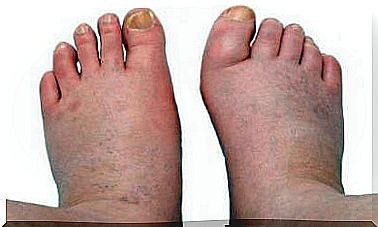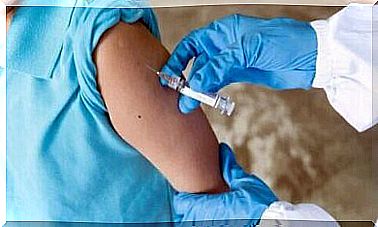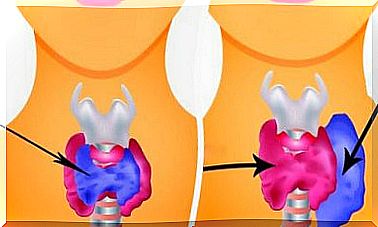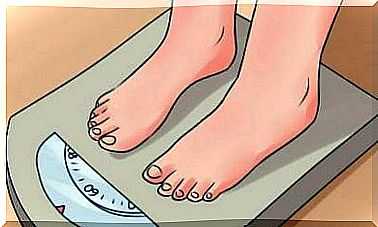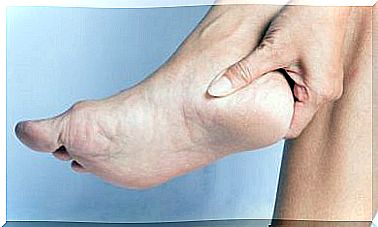Loss Of Consciousness: What Are The Causes?
Loss of consciousness is a clinical picture that happens relatively frequently. The causes of this clinical picture can be simple and harmless or potentially fatal when they are of cardiac origin. We explain all of this in more detail later in this article.

Loss of consciousness is also known as loss of consciousness. These are equivalent expressions in medicine to define the same clinical picture.
If these two definitions are valid, it is because the loss of consciousness corresponds to a disconnection of consciousness from reality. A person who loses consciousness no longer perceives everything around him and is no longer aware of himself.
The common basic mechanism of all causes of unconsciousness is improper irrigation of the brain. This means that the blood does not reach the brain in sufficient quantity for a while, hence the disconnection with reality.
Syncope, popularly known as fainting, is a special case of unconsciousness – in which case the person quickly regains consciousness spontaneously. Spontaneous recovery is linked to the fact that the body is found in a horizontal position at the time of the fall: this position promotes the arrival of blood to the brain. Strictly speaking, syncope is a loss of consciousness of cardiac origin.
This clinical picture is relatively frequent. It is estimated that 3% of unconsciousness is syncope. As the causes can be both harmless and dangerous, we have grouped cardiac causes on one side and non-cardiac causes on the other.
The non-cardiac causes behind the loss of consciousness
Vagal discomfort
Vagal discomfort is the most common cause of unconsciousness. The vagal reflex corresponds to an involuntary response of the nervous system to a determined stimulus. This reflex causes immediate vasodilation, a drop in blood pressure and redistribution of blood to the lower limbs.
A stressful situation, severe body pain, dehydration and extreme temperatures can cause vagal discomfort.
Non-cardiac causes of unconsciousness: changes in position
When we move from a horizontal position to a vertical position quickly without giving the body time to activate the compensatory mechanisms, hypotension occurs. This means that the blood pressure drops, and the blood, as in the case of vagal discomfort, distributes to the lower limbs and therefore does not supply the brain properly.
Migraines
Severe migraine-like headaches can be accompanied by symptoms known as aura.
One of the auras of migraine is loss of consciousness, which is usually momentary.
The non-cardiac causes behind the loss of consciousness: hypoglycemia
The drop in glucose levels can cause unconsciousness. This is common in people with diabetes who are on treatment.
Changes in food or drug treatment can cause blood sugar levels to drop.
Antihypertensives
A person with high blood pressure usually takes several drugs that work differently.
Among the mechanisms of action of these drugs are fluid loss via increased urine output and vasodilation. Both of these processes can cause a decrease in blood pressure and thus cause unconsciousness.
The non-cardiac causes of unconsciousness: cerebrovascular accidents (CVA)
Among the non-cardiac causes, this is the most serious, since the patient’s life is in danger.
A cerebrovascular accident or stroke can be ischemic, that is to say related to an obstruction in the encephalic arteries, or hemorrhagic, related to the rupture of a cerebral vessel.
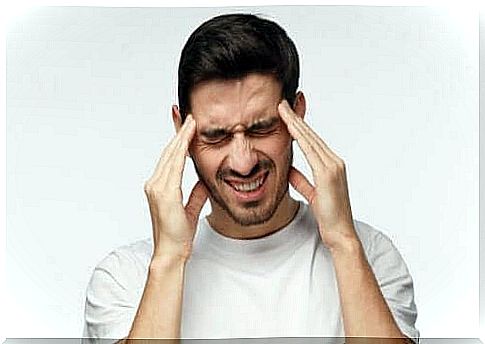
Other non-cardiac causes of unconsciousness
Arrhythmias
Arrhythmia is a disease characterized by irregular and abnormal heartbeats.
The cause of the irregular heartbeats may be insufficient blood in the brain for a short time or for a long time. This is when the person loses consciousness.
Non-cardiac causes of loss of consciousness: aortic problems
The aorta is the body’s main artery. It is responsible for distributing blood from the heart to the rest of the human body. If there is any problem with this artery, the blood flow may decrease.
Since the brain is located higher than the heart area in the human body, good blood pressure is necessary for the brain to enjoy good circulation. Diseases like aortic dissection or aortic aneurysms are usually the first symptoms of unconsciousness.
Cardiac myopathies
When the heart muscle undergoes changes, it is called cardiomyopathy. For example, it is common for the area of the left ventricle to enlarge. This area is responsible for sending blood to the aorta for the latter to distribute. In these cases, the same mechanism described for aortic problems can occur.
Valvular heart disease
The internal chambers of the heart communicate with each other via valves that allow blood to flow in one direction only, without backflow.
Sometimes these valves are insufficient or they are more closed than they should be. Not performing their function properly, the amount of blood that reaches the brain is insufficient.
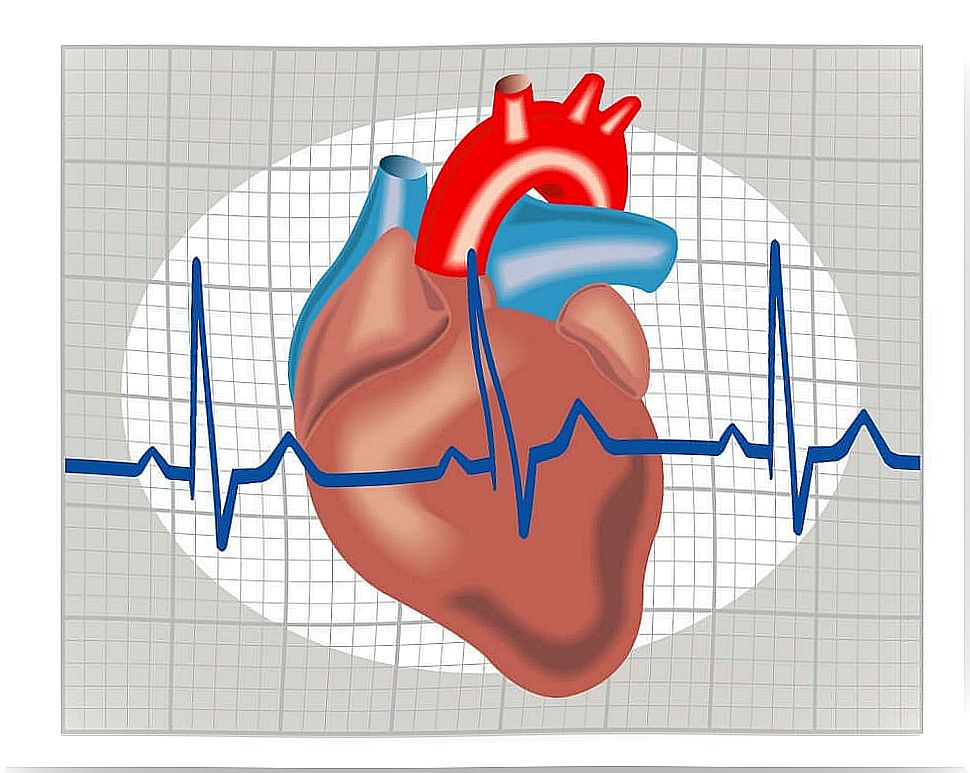
What to do when a loss of consciousness occurs?
You always have to be attentive. A loss of consciousness can correspond to a simple vagal discomfort without any repercussions as a warning signal for heart disease.
In the slightest doubt , it is important to consult a doctor in order to undergo the necessary examinations. Generally, the consultation takes place shortly after the appearance of the clinical picture, that is to say after the patient has recovered.
If the loss of consciousness is sudden, inexplicable, and the person is not recovering, call the emergency services. It could be a stroke or heart failure.
